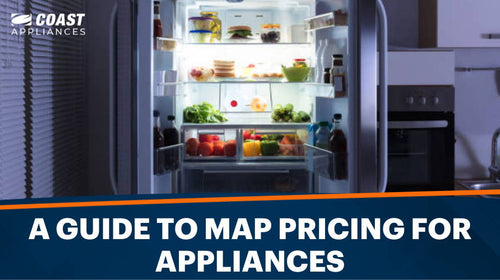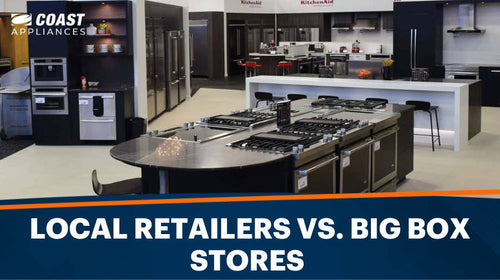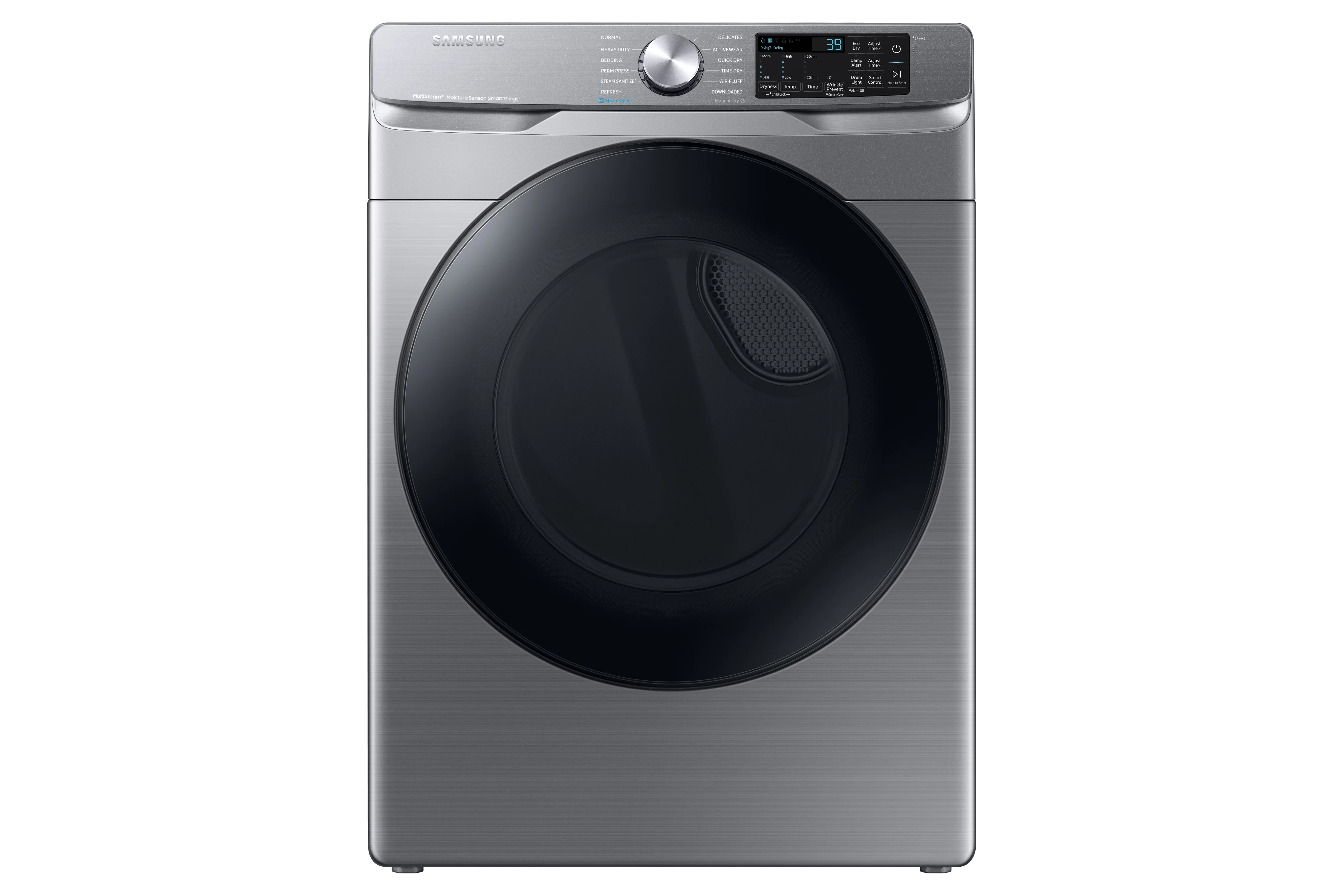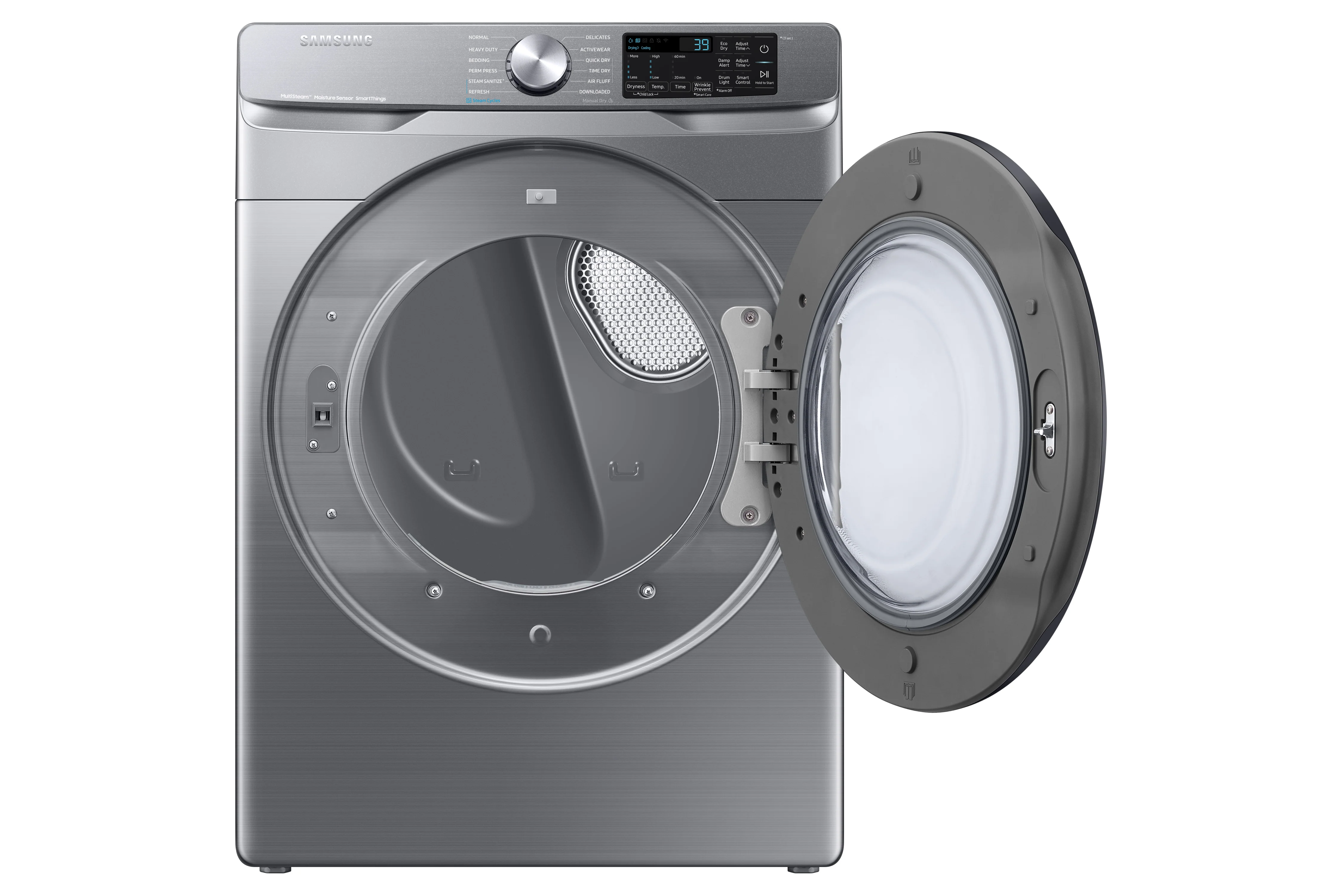Cooking is an art, and every artist needs their perfect tool. Perhaps you’ve recently stumbled upon the term “induction cooking” in a culinary magazine or overheard a conversation at a dinner party about the efficiency and precision of induction cooktops. Maybe you’re just curious, always seeking to broaden your knowledge about technological advancements. Whatever the case, having an in-depth understanding of induction cooking could be the game-changer you’ve been waiting for in your culinary journey.
In this article, we’ll cover:
What Is Induction Cooking?
Induction cooking is a method of cooking that uses magnetic fields to heat pots and pans directly. Think of it as a more hands-on approach where the heat is generated exactly where you need it: in your pot or pan.
In contrast, traditional gas or electric cooking relies on thermal conduction. Here, the heat is passed from the burner or heating element to your cookware, which in turn heats your food. As you might imagine, this can lead to lost heat and energy inefficiency.
For example, consider cooking on a gas stove. The flame heats the air around the pot, and some of that heated air will heat your pot, which then heats your food. It’s easy to see how much heat can be lost in your kitchen rather than going into your food. Electric cooktops are a little better. They heat an element that then heats your pot, which heats your food. But again, much of that heat is lost to the surrounding air.
Induction cooking is more direct. It’s like having a private conversation instead of playing ‘telephone’. The heat is generated right inside your induction-compatible cookware and immediately used for cooking your food. This offers precision, efficiency, and enhanced safety, explaining this method’s growing popularity among professional chefs and home cooks.
How Does Induction Cooking Work?
Induction cooking operates based on the principles of electromagnetic induction. Here’s how it works in simpler terms:
Electromagnetic Coil: Under the smooth ceramic surface of an induction cooktop lies an electronically controlled coil of metal. Think of this as the heart of the system that generates the heat required for cooking.
Creating a Magnetic Field: When you switch the cooktop on, the coil produces a magnetic field. However, unlike a traditional stovetop, it doesn’t heat up itself. Instead, this magnetic field is poised to interact with the right cookware.
Induction-Friendly Cookware: The magnetic field generated by the induction cooktop is where your pots and pans come into play. But not just any pot or pan; they need to be made of a ferrous (magnetic) material like iron or certain types of stainless steel.
Heating Through Resistance: Once the magnetic field interacts with your induction-compatible cookware, it induces electric currents within the pot or pan. This current meets resistance in the metal of the cookware, and this resistance generates heat.
Cooking the Food: Here’s where the magic happens: the heat is produced directly in the pot or pan, not the stovetop itself. As a result, your food is cooked more directly and efficiently.
Cookware for Induction Cooking
The right cookware not only guarantees optimal performance but also extends the lifespan of your induction cooktop. For cookware to be compatible with induction cooking, it must have magnetic properties. Here are three examples of cookware types that fit the bill for induction cooking:
1. Stainless Steel: Not all stainless steel cookware is induction-friendly, but many variants contain a layer of magnetic material, making them suitable. Always check for an “induction-compatible” label when purchasing stainless steel pots and pans.
2. Cast Iron: Due to its inherent magnetic properties, cast iron is an excellent choice for induction cooking. It retains heat well and distributes it evenly, enhancing induction cooktops’ efficiency.
3. Coated Steel Pans and Enamel Cast Iron: Enamel cast iron cookware offers the benefits of traditional cast iron—heat retention and even distribution—while its enamel coating provides a non-reactive surface, ideal for cooking various dishes. These options work well with induction cooktops as long as the coating or enamel remains intact. Chipping or cracking can interfere with the magnetic field and, therefore, the cooking process.
Tip: The bottom of the cookware must be flat and smooth to ensure maximum contact with the induction cooktop for efficient heat transfer.
Benefits of Induction Cooking
Why has induction cooking earned its reputation as a cutting-edge addition to modern kitchens? While relatively new to many, induction cooktops have already carved out a niche thanks to a range of benefits that cater to both professional chefs and home cooks. Here’s why induction cooking is gaining ground:
Superior Efficiency: Induction cooking transfers about 90% of its energy directly to the cookware, compared to just 75% for traditional electric cooktops and around 32% for gas. This results in faster heat-up times, reduced cooking duration, and, ultimately, energy and cost savings.
Enhanced Safety: Induction cooktops transform your cooking experience by adding a layer of safety. Since the cooktop itself doesn’t get hot, there’s a significantly reduced risk of burns from the stovetop. Additionally, without an open flame or heated coil, the chances of accidental fires are minimized.
Precise Control: Control is everything in cooking, and that’s where induction shines. The technology allows for immediate response and precise temperature control, akin to gas cooktops but with even higher accuracy. This precision empowers you to tackle a wide range of dishes with confidence, from a delicate simmer to a vigorous boil.
Best Induction Ranges and Cooktops
Choosing the right induction range or cooktop can elevate your cooking to a whole new level, offering a blend of performance, efficiency, and convenience. Here, we've rounded up some of the best options available, focusing on their features and what sets each one apart.
| Range/Cooktop | Features | Review |
|
True Convection, 50% faster induction cooktop, Steam Clean, Air Fry feature. |
This versatile range stands out for its time-saving features and the unique addition of an air fryer, perfect for the modern cook who values efficiency and innovation. |
|
|
Precision of induction combined with the power of Air Fry, Even-Heat True Convection, Four induction cooking surfaces, dishwasher-safe air fry basket. |
With multiple induction surfaces and a reliable convection system, this range is excellent for those seeking precision and flexibility. The addition of an air fry mode adds a unique element to the cooking process. |
|
|
ProBake Convection range, 6.3 cu. ft. capacity, EasyClean feature, IntuiTouch Glass Control System. |
This range scores high on functionality and ease of maintenance. Its ProBake Convection system ensures even baking and faster roasting, making it a strong choice for regular bakers and roasters. |
|
|
Chef Connect feature, Fingerprint-resistant stainless, Self Clean with Steam Clean option, True European Convection. |
A robust range with a host of convenient features. Its Chef Connect option offers unique synchronization capabilities, and its self-cleaning options make maintenance a breeze. The True European Convection feature guarantees consistently excellent cooking results. |
Tips for Induction Cooking
Embracing a new way of cooking always comes with a learning curve, and induction cooking is no exception. However, with some insights and understanding, you can quickly master this innovative technology and elevate your culinary prowess. Let’s explore some essential tips:
1. Select Compatible Cookware: Induction cooktops require specific types of cookware that have magnetic properties. When shopping for pots and pans, look for those labeled “induction-ready”, or test your existing cookware with a magnet. If the magnet sticks, the cookware will work on an induction cooktop.
2. Match Burner and Pan Sizes: Induction cooking is most efficient when the burner size corresponds to the pan size. Since the heat is directly focused on the base of your cookware, using a pan that’s larger than the burner could lead to uneven heat distribution and cooking.
3. Adjust Cooking Times: Induction cooktops heat food faster than traditional gas or electric ranges. Be prepared to adjust your cooking times to prevent overcooking. If a recipe calls for a simmer, you might need to use a lower heat setting than you’re used to.
4. Clean Promptly and Properly: Although the surface of induction cooktops remains cool, spills can still get cooked onto the surface due to residual heat from the cookware. Clean up spills promptly to prevent them from becoming hard and sticky. Use a soft, damp cloth and avoid abrasive cleaners to protect the cooktop surface.
FAQs about What Is Induction Cooking
What are the disadvantages of induction cooking?
Induction cooking requires special, often more expensive, cookware. Additionally, it may not be as effective for wok-style cooking due to the flat surface.
What are the benefits of induction cooking?
Induction cooking offers quick and efficient heating, excellent temperature control, and added safety due to the cool cooktop surface.
What is an example of induction cooking?
When you boil water using an induction cooktop, the pot becomes the heating element, heating the water directly and more efficiently.
Does cast iron work on induction?
Yes, cast iron pans are suitable for induction cooking due to their high iron content, which interacts with the magnetic field produced by the cooktop.
Why are some pots not suitable for induction?
Pots that are not suitable for induction lack a magnetic base. Materials like copper, glass, and certain types of stainless steel do not work with induction cooktops.















